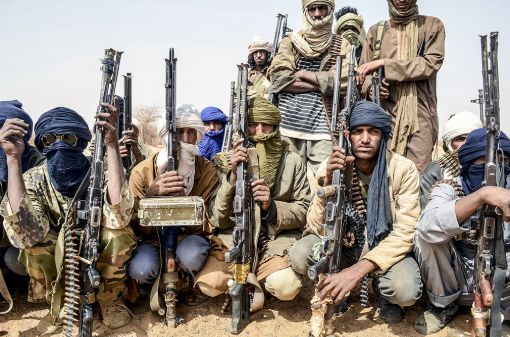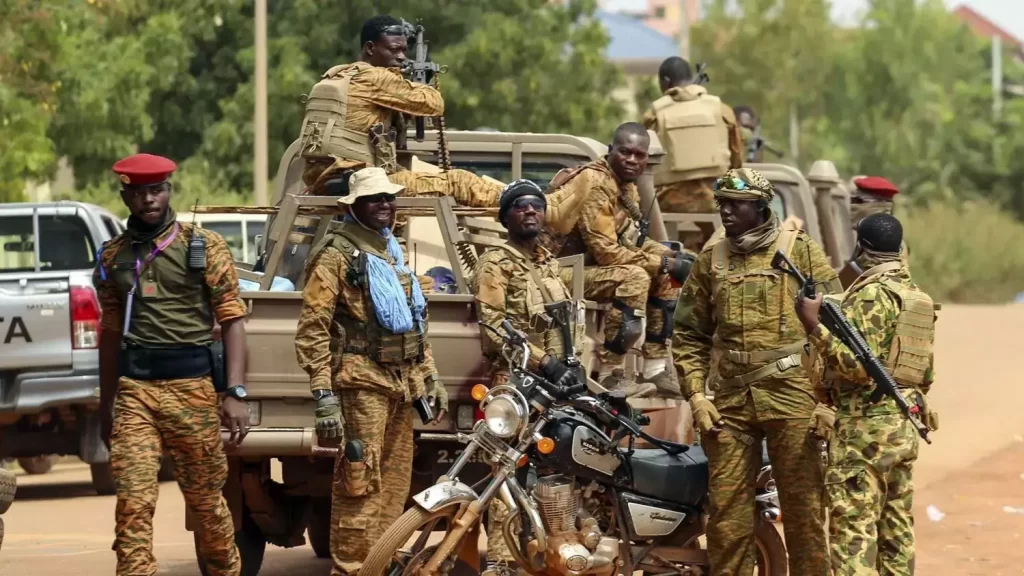A survivor of the recent massacre in central Burkina Faso has provided a harrowing account of the aftermath, describing scenes of devastation as villagers searched for loved ones among piles of bodies. The attack, one of the deadliest in the country’s nearly decade-long struggle with Islamist violence, has left the nation reeling and raised questions about the government’s ability to protect its citizens.
The survivor, a 38-year-old woman who escaped with her toddler, spoke to an aid worker in Kaya, a nearby town where many survivors have sought refuge. Her account, provided to Reuters on condition of anonymity due to safety concerns, paints a grim picture of the massacre’s aftermath.

“We went out with carts to collect the bodies of my older brothers,” the woman recounted. “We spent a long time going through bodies piled up under trees.”
The attack occurred on Saturday morning near the town of Barsalogho. According to the survivor, the army had ordered all men in the town to dig defensive trenches, while women and children were tasked with clearing grass and trees to improve visibility for stationed soldiers.
Around 10 a.m., militants, whom the survivor referred to as “bushmen,” arrived and began indiscriminately firing on soldiers and civilians. The onslaught continued until drones appeared overhead later in the day. It took survivors, mostly women and children, three days to collect the bodies of the deceased.
Al-Qaeda affiliate Jama’a Nusrat ul-Islam wa al-Muslimin (JNIM) claimed responsibility for the attack, stating they had killed nearly 300 individuals whom they described as soldiers and militia members excavating trenches. However, the group’s claim that all victims were combatants has been disputed by survivor accounts and visual evidence.
Several videos circulating on social media, apparently filmed by the militants, show more than 100 bodies piled in a trench, most in civilian clothing. Reuters confirmed the location of the videos by matching landscape features to satellite imagery.
The survivor’s account confirms that civilians, soldiers, and volunteer army auxiliaries known as VDPs were among those attacked. She described the devastating impact on local families, with one losing 30 members and another family of 13 being completely wiped out.

Burkina Faso’s ruling junta has not released an official death toll but acknowledged that civilians were among the victims. A group of victims’ relatives has claimed at least 400 people were killed when jihadists opened fire on civilians digging the defensive trenches.
The eyewitness described the grim task of burying the dead, with survivors transporting bodies to the mayor’s office and digging mass graves. Despite local customs prohibiting women from burying the dead, the sheer number of casualties necessitated all available help.
“I stayed at the town hall watching people carrying bodies everywhere. It was horrible,” she said. “I am no longer sure that I am normal. You know why? Because I saw horrible things, dead bodies and blood everywhere. I have not been sleeping well since I was displaced here.”
The massacre has highlighted the dangers of the authorities’ growing reliance on civilians in combating jihadist groups that have destabilized large areas of West Africa’s Sahel region since 2012. A civilian group, Collectif Justice pour Barsalogho, has criticized the government for its silence on the attack and for prioritizing the army over civilian survivors in its response.
The incident has drawn widespread condemnation, including from the United Nations and European Union. It underscores the ongoing security challenges facing Burkina Faso, which has experienced two coups in 2022 due to frustrations over worsening violence.
According to the non-governmental organization Armed Conflict Location and Event Data, over 6,500 civilians have been killed in Burkina Faso since the start of 2020. As the country grapples with this latest tragedy, questions persist about the effectiveness of current strategies to combat extremist violence and protect vulnerable populations in the region.
REUTERS



